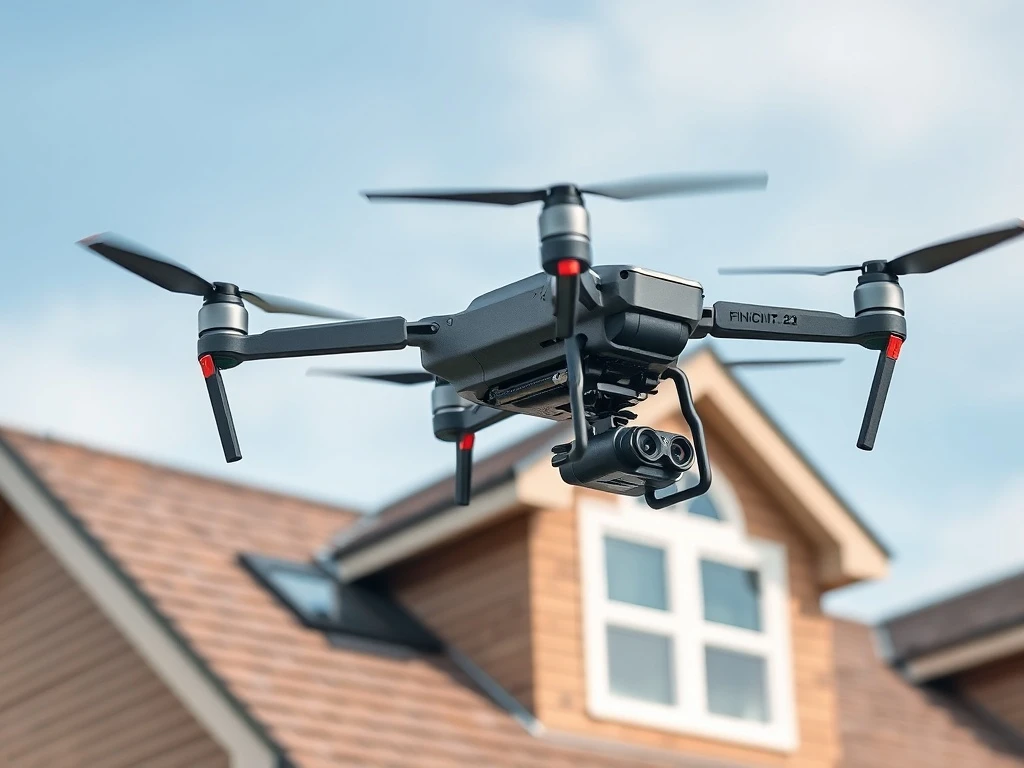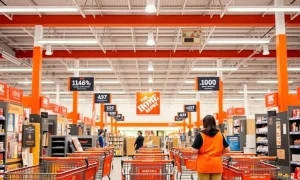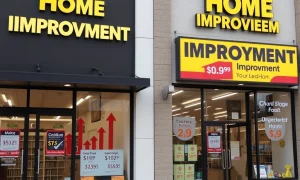Traditional roof inspections often involve dangerous ladder climbs and time-consuming manual assessments. However, modern drone roof inspection technology has revolutionized this essential maintenance process. Property owners now benefit from unprecedented safety, accuracy, and efficiency when evaluating roof conditions.
Why Drone Roof Inspection Technology Is Transforming the Industry
Drone technology has rapidly evolved from experimental novelty to industry standard. Consequently, roofing professionals increasingly adopt drone roof inspection methods for their superior capabilities. This shift represents a significant advancement in property maintenance technology.
Key Benefits of Modern Drone Roof Inspection
Enhanced Safety Protocols
- Eliminates ladder climbing risks
- Removes need for scaffolding
- Reduces workplace accidents significantly
Superior Accuracy and Detail
- High-resolution imagery capture
- Thermal imaging capabilities
- Comprehensive damage documentation
Time and Cost Efficiency
- Minutes instead of hours
- Reduced labor requirements
- Lower equipment costs
Advanced Technology Behind Drone Roof Inspection Systems
Modern inspection drones feature cutting-edge technology including 4K cameras and thermal sensors. Additionally, these systems provide precise GPS mapping and automated flight patterns. Furthermore, real-time data transmission allows immediate analysis and reporting.
Applications Across Various Property Types
Drone roof inspection services effectively serve both residential and commercial properties. Specifically, they excel at assessing complex architectural features and hard-to-reach areas. Moreover, they provide consistent results across different roof materials and designs.
Addressing Common Drone Roof Inspection Misconceptions
Some property owners express concerns about drone capability limitations. However, modern systems demonstrate remarkable adaptability and reliability. Importantly, they complement rather than replace professional roofing expertise.
Future Developments in Drone Inspection Technology
The drone roof inspection industry continues evolving with AI integration and automated analysis. Subsequently, these advancements will further improve detection accuracy and reporting speed. Ultimately, property maintenance will become increasingly proactive and preventive.
Frequently Asked Questions
How long does a typical drone roof inspection take?
Most residential inspections complete within 30-45 minutes, while commercial properties may require 1-2 hours depending on size and complexity.
Can drone inspections detect hidden water damage?
Yes, thermal imaging technology effectively identifies moisture intrusion beneath surface materials that would remain invisible during visual inspections.
Are drone roof inspections covered by insurance?
Many insurance companies now accept drone inspection documentation for claims, particularly for storm damage assessment and preventive maintenance records.
What weather conditions affect drone inspections?
High winds above 20 mph, heavy rain, or extreme temperatures may require rescheduling to ensure optimal data collection and equipment safety.
How accurate are drone inspection measurements?
Modern drone systems provide millimeter-level accuracy through photogrammetry technology, exceeding traditional measurement methods significantly.
Do I need to be present during the inspection?
Property owner presence isn’t required as operators can conduct inspections remotely while maintaining full safety and compliance protocols.








